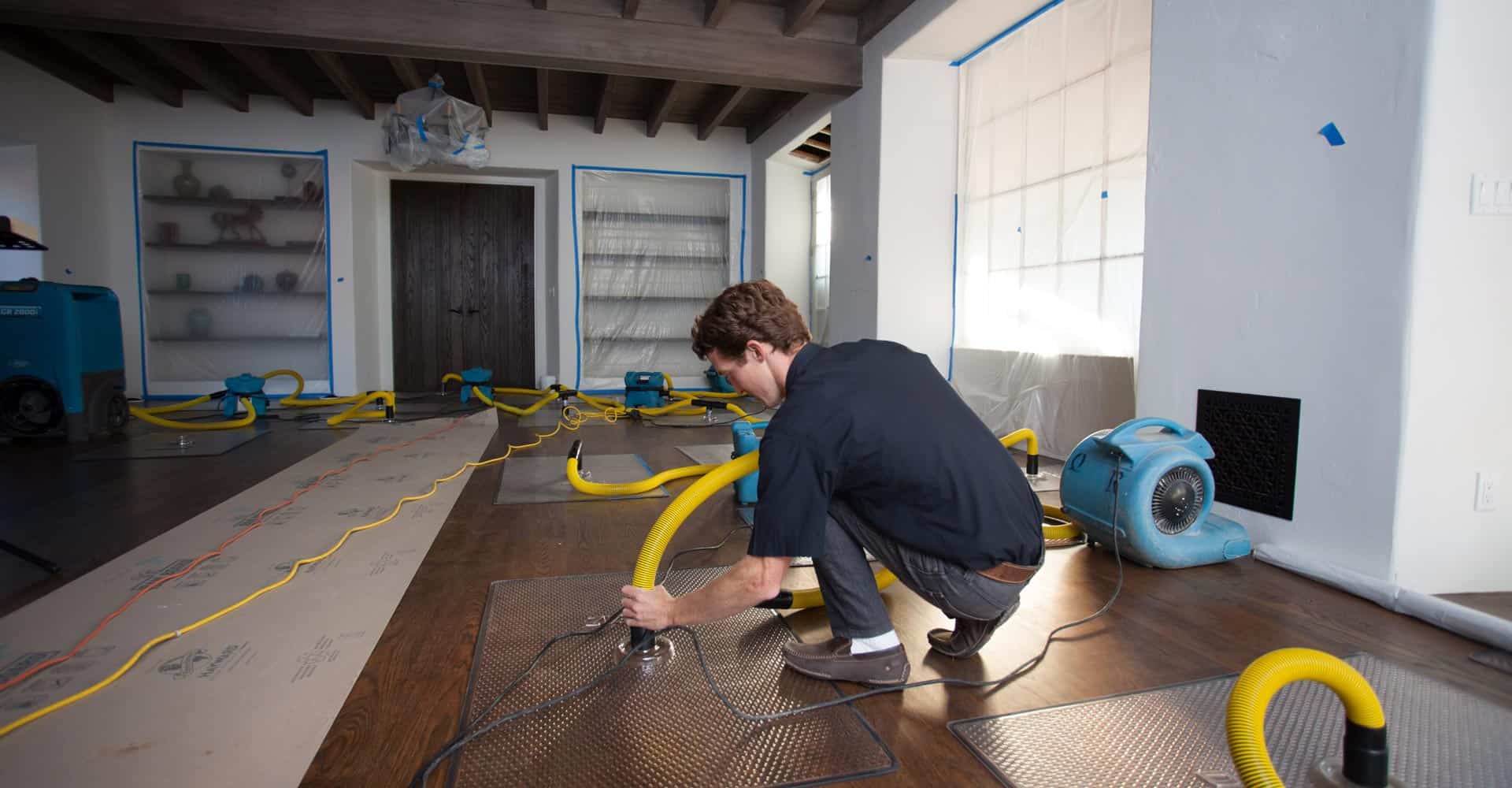
Introduction
Water damage can be a homeowner's worst nightmare. From structural issues to mold growth, water damage can cause a plethora of problems and be costly to repair. However, with proper precautions and proactive measures, you can prevent water damage and protect your home. In this article, we will provide expert tips on how to safeguard your home from water damage from STEAM COMMANDER.
Identify Potential Problem Areas
Check for Leaks
- Regularly inspect your plumbing for leaks, including under sinks, around toilets, and behind appliances like the washing machine and dishwasher.
- Look for water stains on walls and ceilings, as they could indicate an underlying leak.
Inspect Your Roof
- Check for missing or damaged shingles that could allow water to seep into your home.
- Clear debris from gutters and downspouts to ensure proper drainage and prevent water from backing up onto the roof.
Examine Your Foundation
- Inspect your foundation for cracks or gaps that could allow water to enter your home.
- Ensure that the ground around your foundation slopes away from the house to prevent water from pooling near the walls.
Preventative Maintenance
Regularly Maintain Your Plumbing System
- Fix any leaks promptly to prevent water damage.
- Consider installing a water leak detection system that can alert you to leaks before they cause significant damage.
Install a Sump Pump
- If your home is prone to flooding or water accumulation in the basement, consider installing a sump pump to remove excess water and prevent damage.
- Ensure that your sump pump is functioning properly by testing it regularly.
Seal Windows and Doors
- Check for gaps and cracks around windows and doors that could allow water to enter your home during heavy rain.
- Seal any gaps with caulk or weatherstripping to prevent water intrusion.
Emergency Preparedness
Create a Home Inventory
- Document your belongings and keep a detailed inventory in case you need to file an insurance claim for water damage.
- Take photos or videos of your possessions, including serial numbers and receipts when possible.
Know How to Shut Off Your Water Supply
- Locate the main water shut-off valve in your home and make sure all family members know how to turn it off in case of a water emergency.
- Consider installing an automatic shut-off valve that can detect leaks and shut off the water supply to your home.
Have a Plan for Flooding
- If you live in a flood-prone area, have a plan in place for how to protect your home and evacuate if necessary.
- Keep important documents and valuables in a waterproof container or safe place in case of a flood.
Regular Inspections and Maintenance
Inspect Your Home Annually
- Schedule an annual home inspection to check for any signs of water damage or potential problem areas.
- Address any issues promptly to prevent further damage.
Maintain Your Appliances
- Check your washing machine, dishwasher, and water heater for leaks or signs of wear and tear.
- Replace any worn hoses or pipes to prevent water damage.
Monitor Your Water Bill
- If your water bill suddenly spikes without explanation, it could indicate a hidden leak in your plumbing system.
- Investigate the source of the leak and repair it promptly to prevent water damage.
Conclusion
Preventing water damage and protecting your home requires a combination of proactive measures, preventative maintenance, and preparedness for emergencies. By identifying potential problem areas, conducting regular inspections, and taking steps to safeguard your home, you can minimize the risk of water damage and protect your investment. Remember, when it comes to water damage, an ounce of prevention is worth a pound of cure.